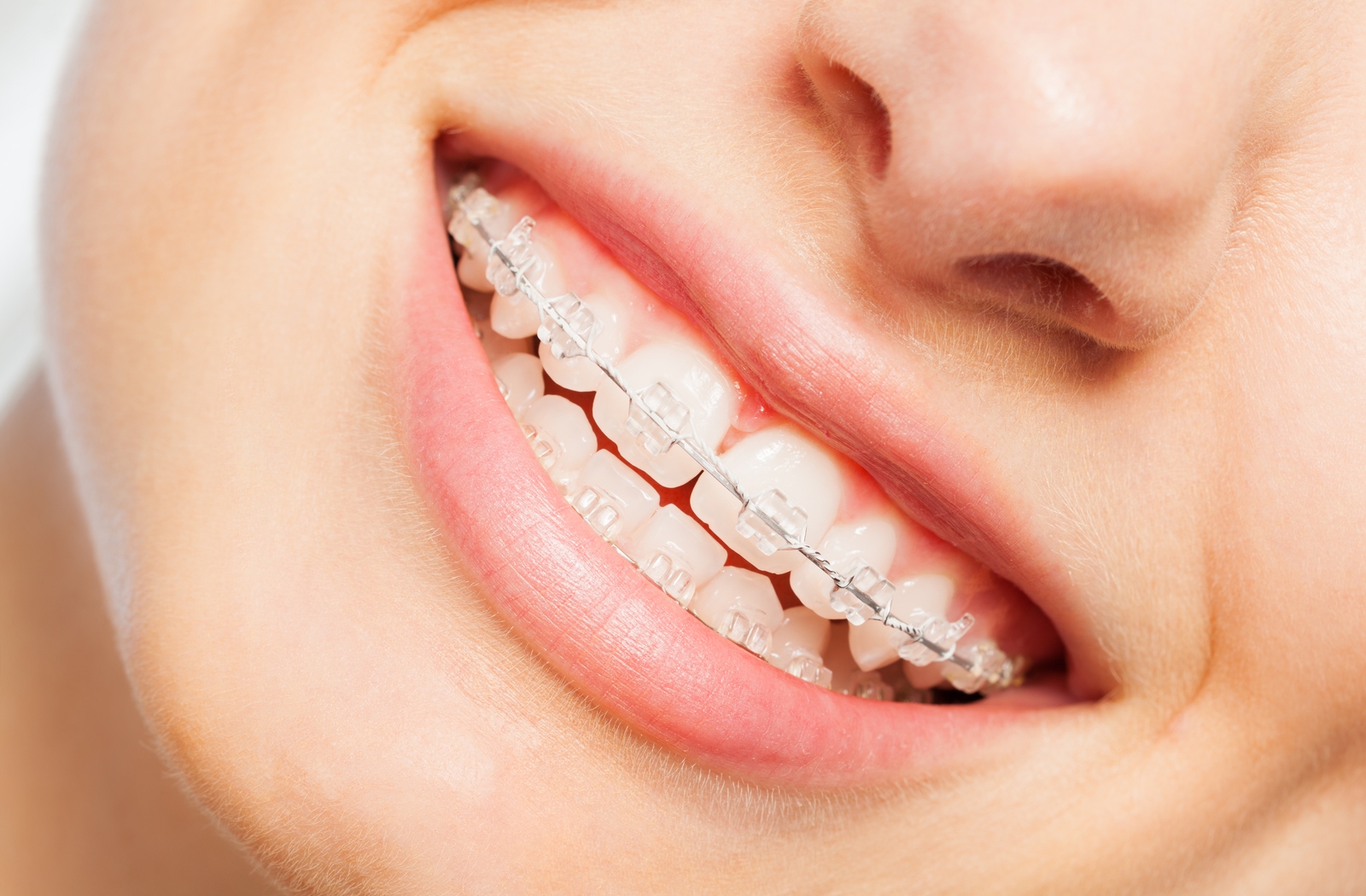For many people, the decision to get braces is both exciting and overwhelming. Whether you’re aiming for a healthier bite or a confident smile, orthodontic treatment can be life-changing. Patients considering Teeth Braces in Dubai often want to know what to expect at each stage of the journey, from the initial consultation to the final results. This step-by-step guide explains the process in detail and helps you prepare for a smooth and rewarding experience.
Before Getting Braces:
The first stage of the journey is preparation. Before braces are applied, an orthodontist performs a thorough examination of your teeth and jaw. X-rays, photographs, and impressions may be taken to design a customized treatment plan. This stage is critical because it ensures the braces will address specific issues such as crowding, misalignment, or bite problems. Patients also receive guidance on oral hygiene, diet restrictions, and the estimated timeline of treatment.
Consultation and Treatment Planning:
Once the evaluation is complete, your orthodontist discusses treatment options. Depending on your needs, you may be given choices between traditional metal braces, ceramic braces, or clear aligners. The orthodontist explains the advantages and disadvantages of each option, allowing you to make an informed decision. At this stage, many patients in Dubai consider lifestyle factors such as aesthetics and comfort before finalizing their choice.
Placement of Braces:
The day your braces are applied is the official start of treatment. The orthodontist carefully bonds brackets to each tooth and threads an archwire through them, which will gradually shift the teeth into proper alignment. The process typically takes one to two hours and is painless. However, patients may experience mild soreness afterward as the teeth begin adjusting. Wax, pain relievers, and soft foods are often recommended to ease initial discomfort.
Adjustments and Tightening Sessions:
Throughout the treatment, regular adjustment appointments are required. During these visits, the orthodontist tightens or replaces the archwires, applies new elastics, or makes modifications to keep the teeth moving as planned. Although these sessions may cause temporary pressure or tenderness, they are vital for progress. Patients should attend all scheduled appointments to avoid prolonging the overall treatment time.
Common Challenges During Braces:
Wearing braces comes with its share of adjustments. Some of the most common challenges include food restrictions, difficulty cleaning between brackets, and occasional irritation of the cheeks and lips. Patients are advised to avoid sticky or hard foods that could damage the brackets. Maintaining oral hygiene also becomes more demanding, as braces create extra spaces where food particles can get trapped. Using interdental brushes, floss threaders, and regular rinsing helps minimize plaque buildup.
Emotional Impact of Wearing Braces:
Adjusting to braces isn’t just physical—it can be emotional too. Adults and teens may feel self-conscious about their appearance during the treatment phase. However, many patients report growing more comfortable over time as they start noticing visible changes in their smile. Support from friends, family, and the orthodontist makes this period easier, and the long-term benefits far outweigh temporary insecurities.
Visible Progress During Treatment:
As treatment advances, patients begin to see significant improvements in alignment. Crooked teeth straighten, gaps close, and bite issues gradually resolve. Each adjustment brings noticeable progress, which motivates patients to stay consistent with care routines. Photographs taken during the journey can be encouraging, as they highlight the gradual transformation happening over months or years.
The Day Braces Come Off:
The removal of braces is a milestone moment that patients eagerly await. The orthodontist carefully detaches the brackets and cleans off the bonding material, revealing a beautifully aligned smile. This day often brings immense relief and joy, as patients finally see the full results of their dedication. However, the journey does not end here—aftercare plays a key role in maintaining the results.
Wearing Retainers After Braces:
Once braces are removed, retainers are prescribed to prevent teeth from shifting back to their original positions. Retainers may be removable or fixed, depending on the orthodontist’s recommendation. Wearing them consistently is crucial during the first year, as teeth are still settling into their new alignment. Over time, usage may be reduced, but most patients are advised to wear retainers at night for long-term stability.
Long-Term Benefits of Braces:
The transformation achieved through braces goes beyond aesthetics. Straight teeth are easier to clean, which reduces the risk of cavities and gum disease. Proper alignment also improves speech, chewing, and jaw function, preventing strain or discomfort. Most importantly, a confident smile enhances self-esteem, allowing patients to feel more comfortable in both personal and professional settings.
Tips for a Smooth Braces Journey:
-
Maintain excellent oral hygiene by brushing after meals and using interdental cleaners.
-
Stick to orthodontist-recommended foods and avoid those that can damage braces.
-
Attend all scheduled adjustment appointments for consistent progress.
-
Use orthodontic wax to relieve irritation from brackets and wires.
-
Stay patient and motivated by focusing on the end result.
Final Thoughts:
The journey of braces is a rewarding process that requires patience, dedication, and proper care. From the initial consultation to the day retainers are fitted, every stage plays a crucial role in achieving long-term results. For patients considering Teeth Braces in Dubai, this treatment offers more than just a straight smile—it provides lasting health benefits and improved confidence. With expert orthodontic care and commitment to aftercare, the journey before, during, and after braces leads to a transformation that lasts a lifetime.







0 Comments